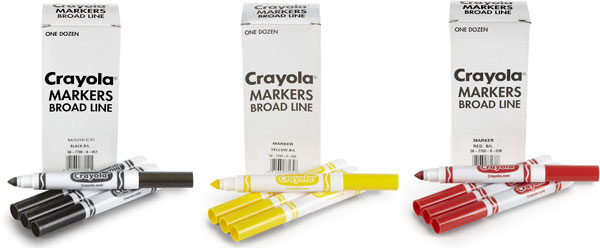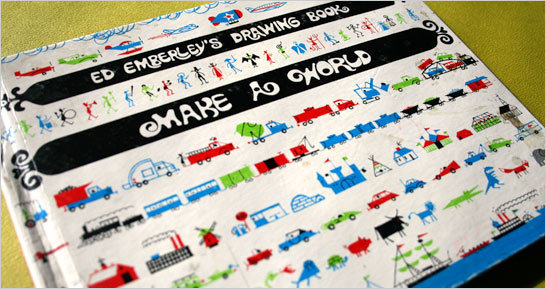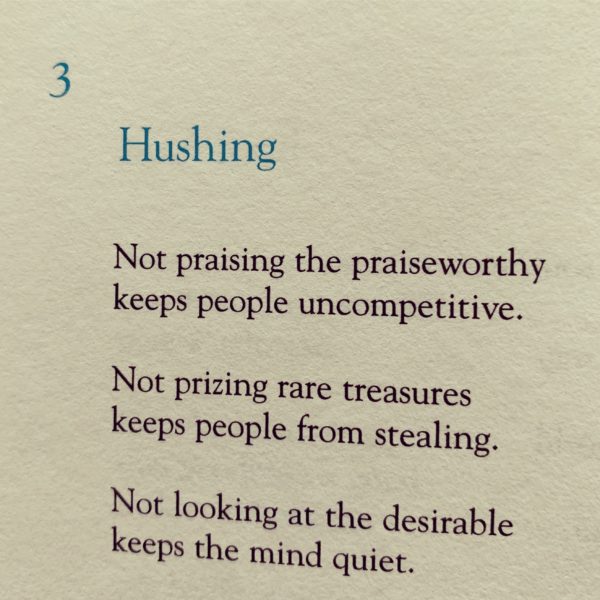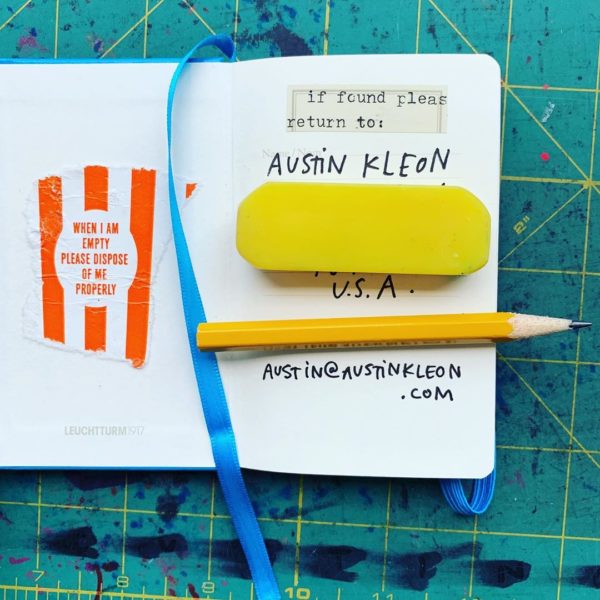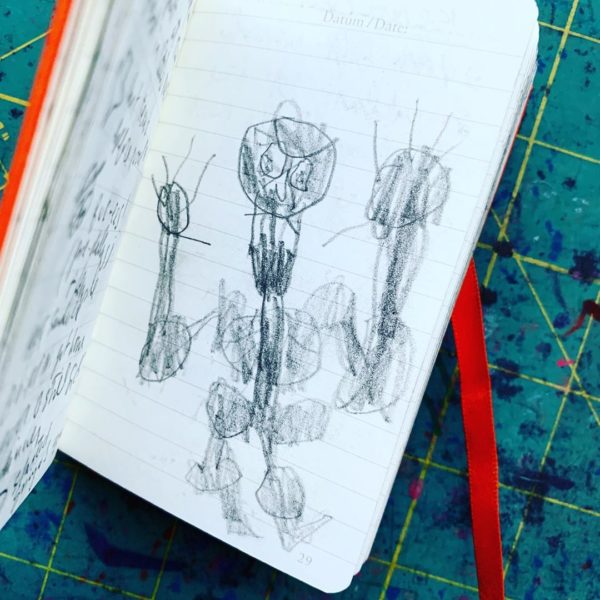
Art supplies are some of the best gifts you can give kids, but so many art supplies made for kids are straight-up junk. Here are five gift ideas that aren’t terribly expensive that my boys love:
1. Crayola Slick Stix
Regular crayons are cheap and they don’t make a mess, but they’re hard to hold in tiny hands and kids have to really press hard with them to get any kind of decent result.
These Slick Stix are easy to grip and they lay down a really silky smooth line.
Give some of these to your kids along with some big pieces of paper and pretty soon you’ll have a bunch of Jean-Michel Basquiats to hang around the house.
2. Do-A-Dot Markers
My youngest son had trouble making circles early on, so he loved to use these for wheels on cars, faces, etc.
They’re a little expensive, but they last a long time. (Try the exercises in Ed Emberley’s Funprint Drawing Book or copying pages from Little Blue and Little Yellow).
If you print them on top of each other, they mix color, so you can do a little Toddler Color Theory.
3. Box of single-color Crayola Markers
This tip comes from my wife:
If your kid has a favorite color of marker, instead of buying another 8-color pack from Target or wherever, go online and buy a box of a single color in bulk.
(Our youngest goes through a ton of black.)
4. Ed Emberley books.
My all-time favorite drawing book is Ed Emberley’s Drawing Book: Make a World, which takes a collage-like approach to drawing:

Here’s a sample of one of the spreads:
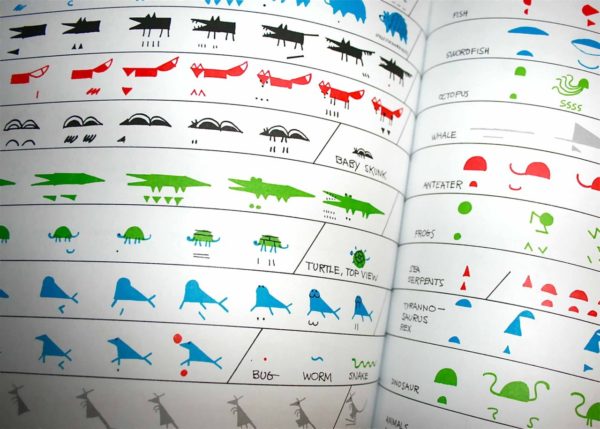
If they like Make A World, there’s a ton of other Emberley books for them to get into. (My kids also love to draw along to Super Simple Draw.)
5. Don’t forget paper. Lots and lots of paper.
Worry less about the quality and more about the quantity. We just go to Costco and buy whatever gigantic boxes of cheap copy paper they have and let the kids use as much as they want. (People would probably be shocked if they knew how much paper our 4-year-old goes through. But it’s worth it.) My friend buys paper for next-to-nothing in thrift and re-use stores.
Happy drawing!


